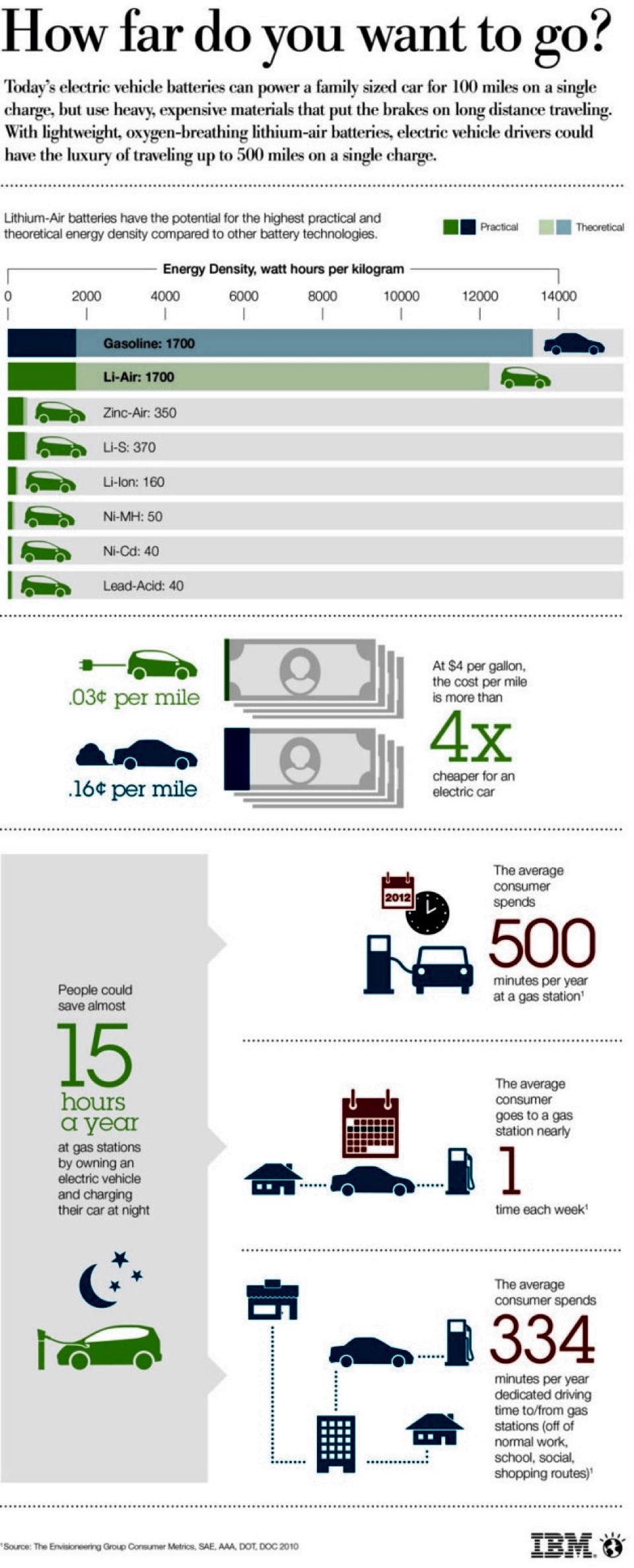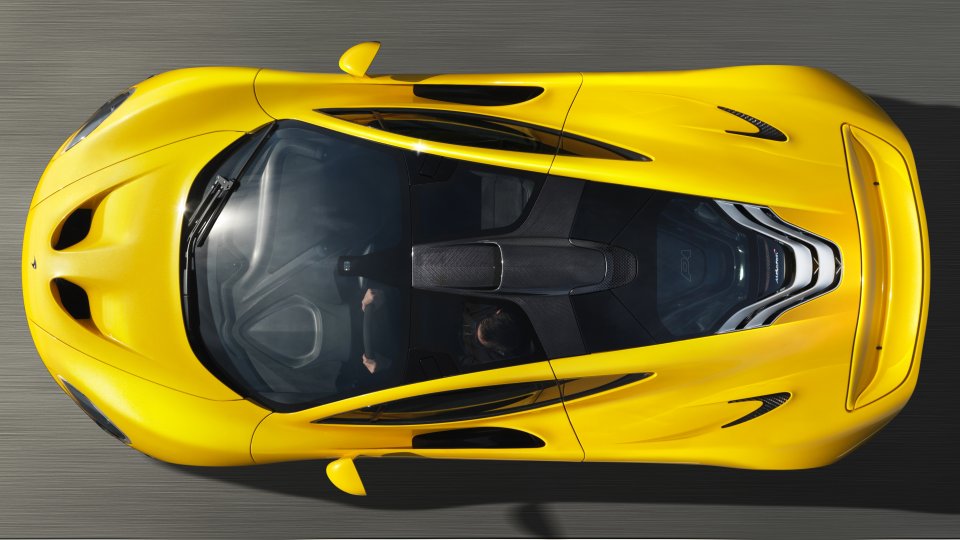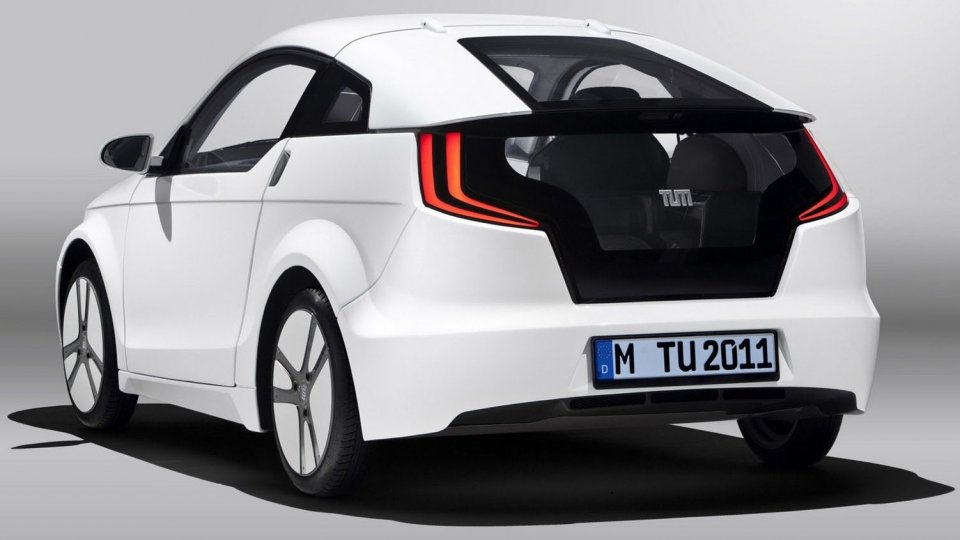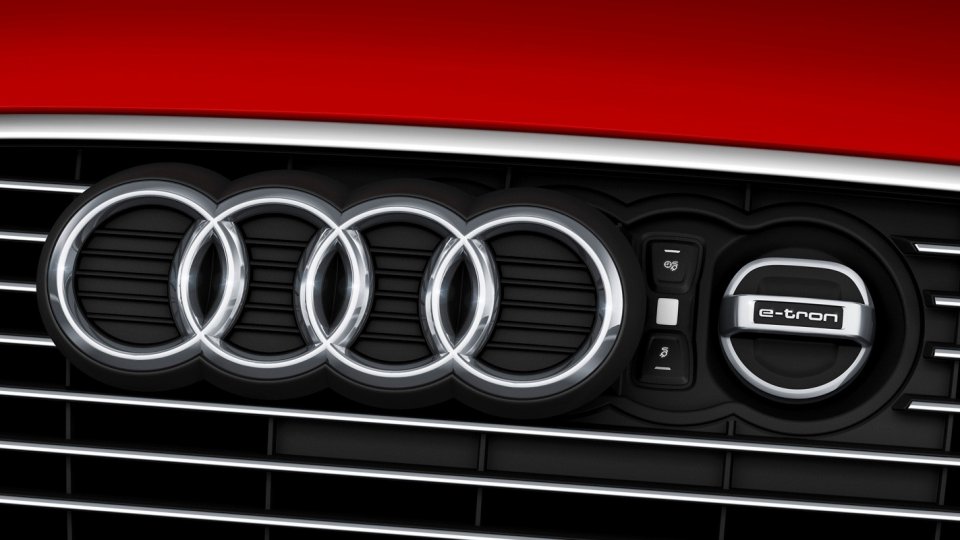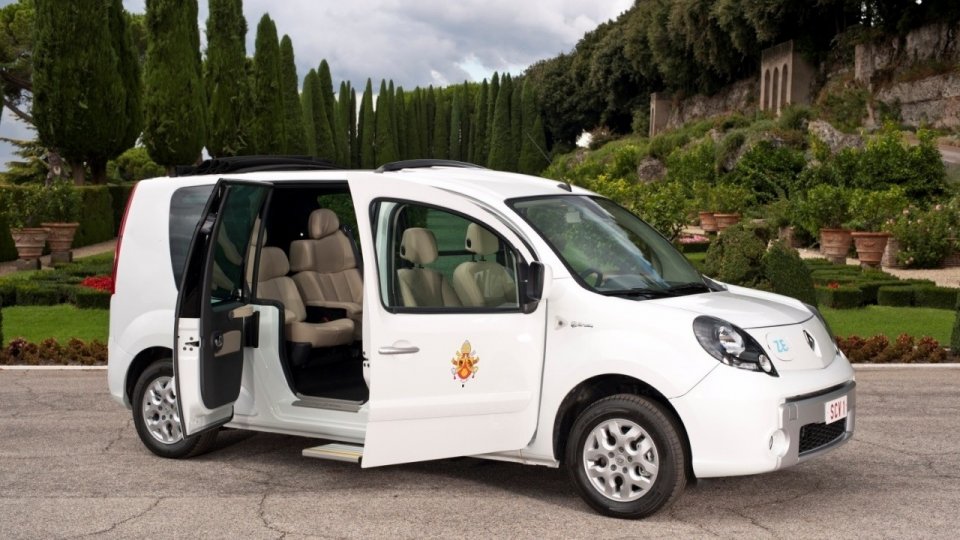IBM develops a breathing battery
 Who would think that a century before there were more electric vehicles on the roads than petrol or diesel ones? Who would have thought that a company known mostly about it's IT solution will cut the Gordian knot, which separates us from that the electric drive gets the starring again? It may be so, or may be not so, anyway, the IBM Battery 500 Project is more than a considerable attempt.
Who would think that a century before there were more electric vehicles on the roads than petrol or diesel ones? Who would have thought that a company known mostly about it's IT solution will cut the Gordian knot, which separates us from that the electric drive gets the starring again? It may be so, or may be not so, anyway, the IBM Battery 500 Project is more than a considerable attempt.
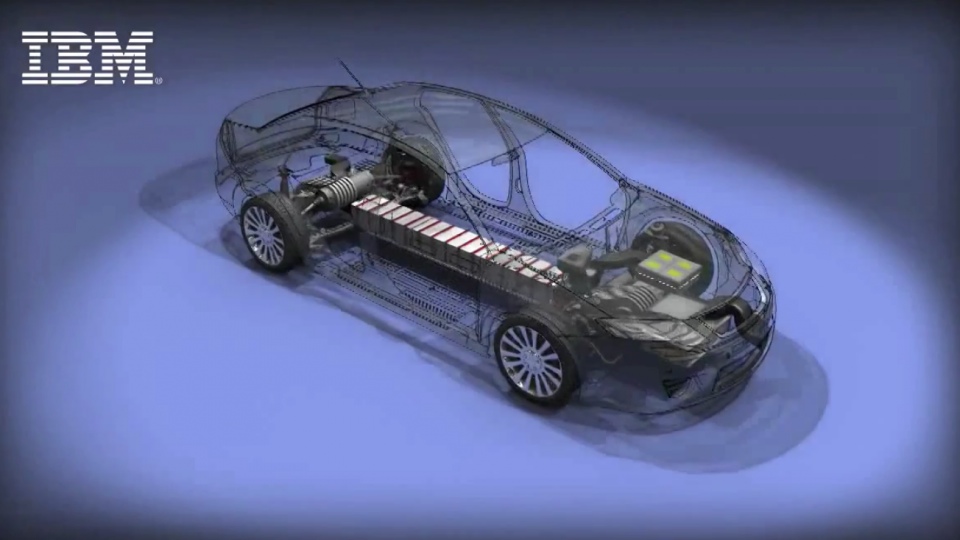
The reason for the fast „extinction" of the electric driven vehicles was a simple fact with which the reflourishing conception doesn't seem to be able to wrestle: that's the seriously limited range. Why should we buy for a lot of millions an environmentally friendly green minicar, if despite of the hundred times higher price it doesn't provide more than a bicycle – this is nowadays the simple poetical question in the alternative driven topic. The most of the clearly electric driven serial vehicles with the classical Li-ion batteries are able to reach the average range of 160 kms. It's capacity can be increased of course, but this leads to significant size –and weight problems.

The IBM and it’s partners plan to solve the elimination of the named difficulties with such kind of material, that the vehicle doesn’t have to carry with itself, as practically it can be found everywhere. It’s called oxygen. According to the new principle the battery would extract the needed element from the air, this steps into the reaction with the Li-ion, then after it finished it’s work, quits there, where it came from. This method results not just in a significantly less weight – and in a higher weight density -, but it protects the environment more than the recently wide-spread batteries. And what about the range of the new energy storage (if can use this term on it at all)? It’s in it’s name: 500, namely miles, which matches with at least 800 kms. An average car can also reach with one refuelling such a distance.

The plant giant has been already experimenting with the lithium-air batteries since 2009, though the idee seems to be simple and ingenious, according to the news the start up of the mass production is hardly expected before 2020. We are looking forward to it!
